Have you noticed your chickens have bald areas on their heads, necks, backs, or tails? Or your chickens are struggling to regrow their feathers?
If so, your birds are going through a natural process, or you are not raising them properly.
To identify the reasons and resolve the problem, go through this blog post, where I have shared my personal experience.
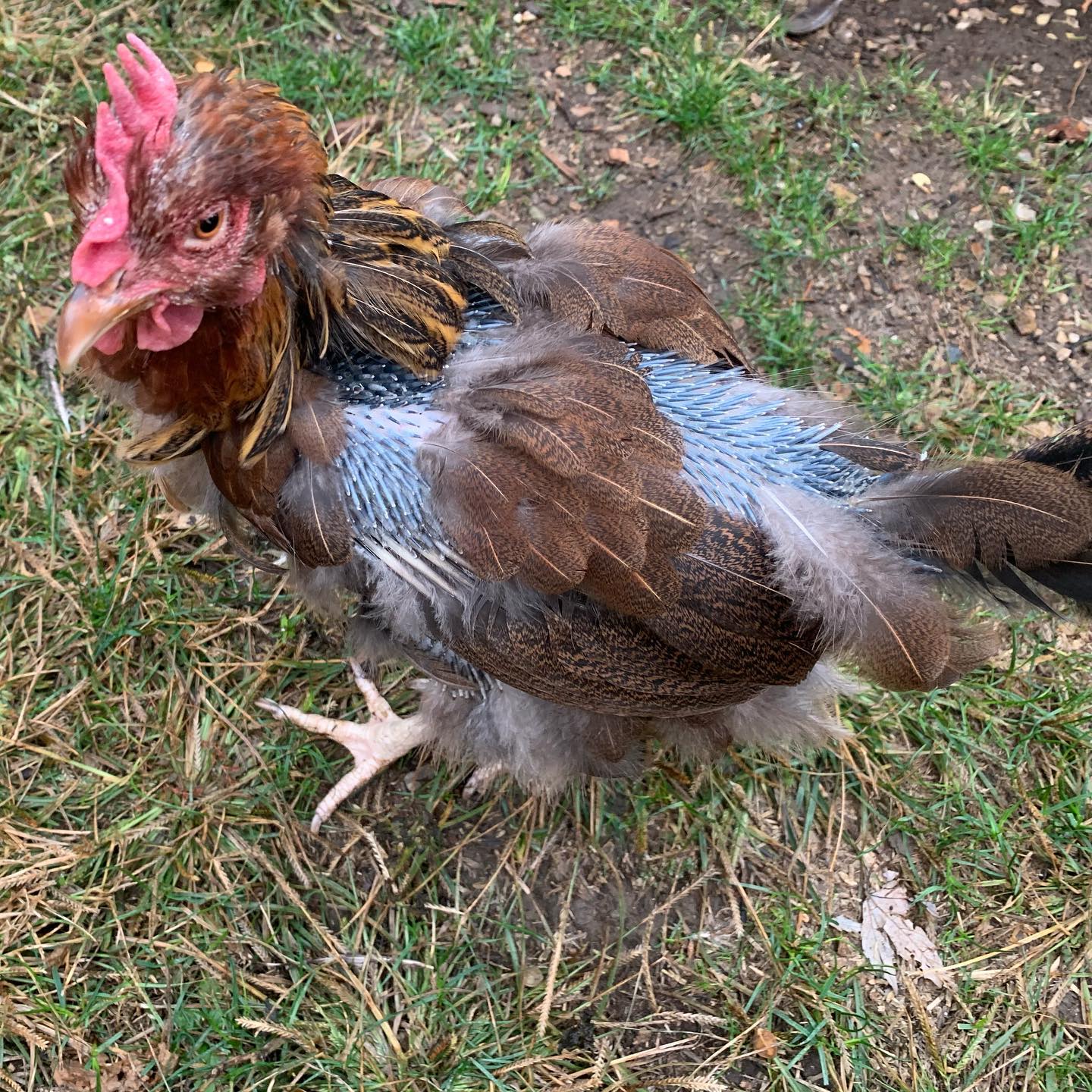
Annual Molting
Every fall, adult chickens older than a year have to go through feather loss and regrow them later.
It is a natural process, “molting,” that happens when days are shorter and the temperature drops. Many chickens recover from molting within 2 weeks, while others may need to wait 4 weeks to 4 months.
In some cases, they only grow new feathers after 6 months to 12 months. They molt from August to November and regrow their feathers for the winter.
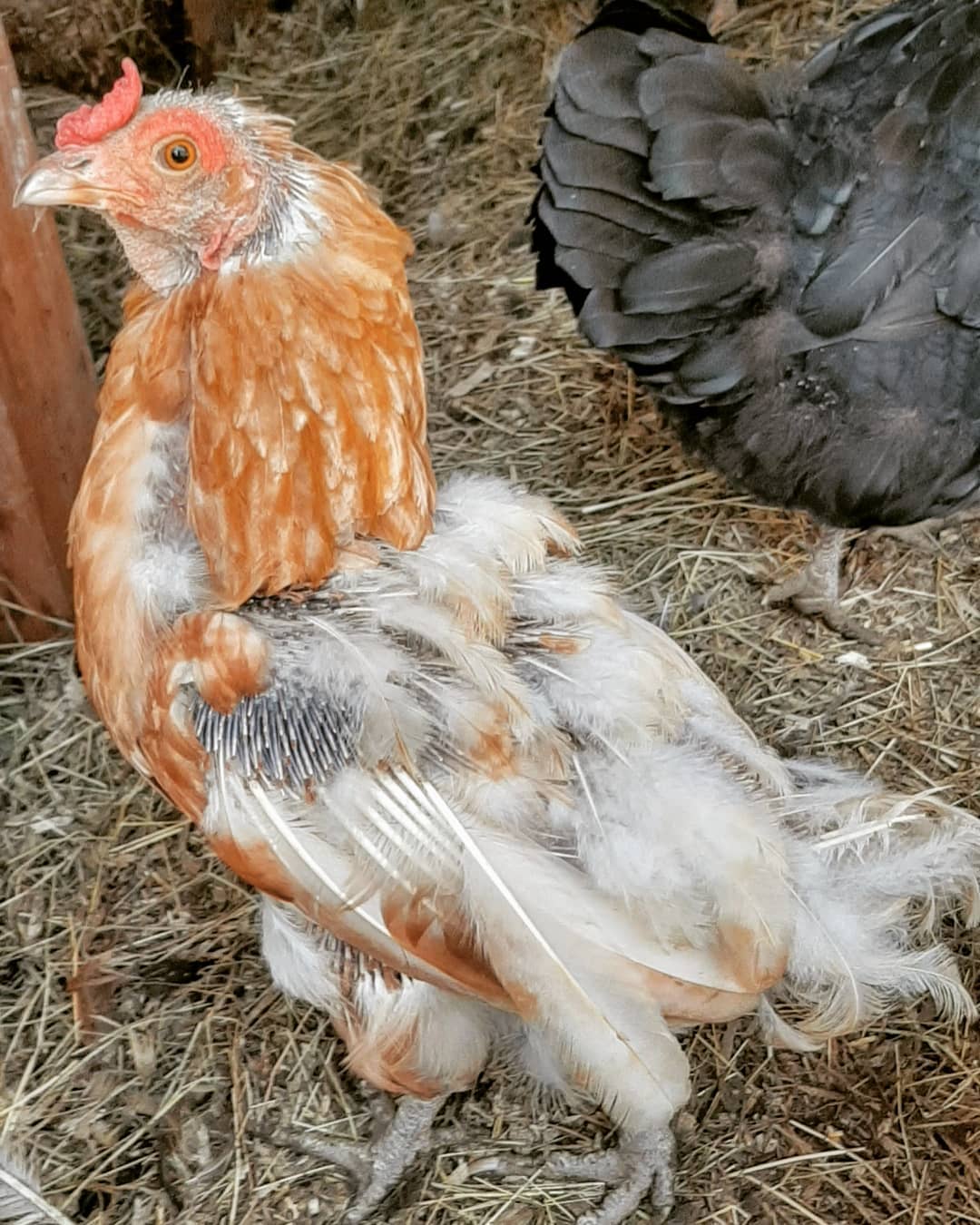
Though it’s a one-time event in a year for chickens, some birds can have it twice. Check if your chickens have naked necks, bare heads, or patchy backs.
This may slow down egg production, or hens may temporarily stop laying. It can also shuffle the pecking order, where boss hens are deranked and bottom hens rank higher.
But don’t worry, you need not do anything about it.
Your chickens become beautiful, puffy, and happy again when the snow starts flying. Younger hens will begin laying at this time, and oldies may stop laying until spring.
Too Many Roosters in the Flock
It’s not healthy for a flock to have several rosters. This causes roosters to mate with hens frequently and hurt them.
It will be a concern for keepers if the roosters make their favorite hen and mount her excessively. A single rooster in the flock can also do the same.
You may notice your hen lacking feathers on her head and sometimes developing wounds, due to pecking from roosters.
When they are cockerels and don’t crow, they are timid and submissive. Even the hens chase them away.
After they have comb and wattle, they grow dominant and aggressive and run after everyone in the flock. They also don’t get scared of the keepers, standing still near them.
I analyse the number of roosters in the flock. Make sure you have enough hens, 8 – 12 hens per rooster. If the rooster is fertile enough, he can manage 15 hens.
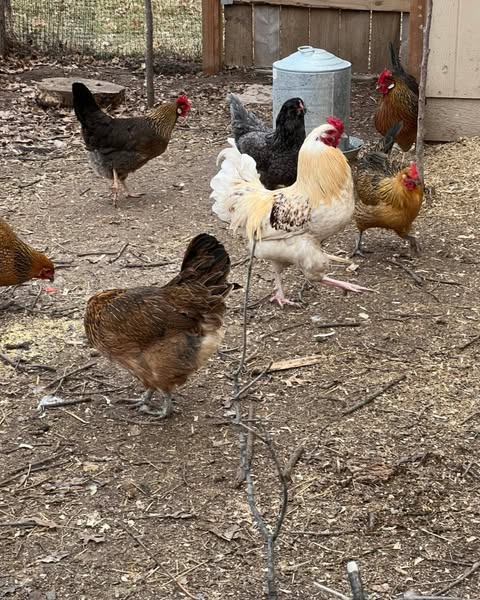
Also, check and trim their sharp spurs, which can hurt other flockmates.
Besides, you can replace the rooster with a less aggressive or friendlier one. If that doesn’t work, you isolate the rooster for a few days if your hens are all nesting or laying eggs.
Broody Hens
For broody hens, eggs are more important than anything else, including their own health. They rarely leave the nest box for food and water to incubate and hatch eggs.
Whenever my hens come out of the coop during that time, I hurry to collect feed and water for them.
They don’t lose feathers exactly, but pluck out their own feathers to keep better heat contact with their eggs. They only try to control the humidity and temperature of the eggs while sitting on them.
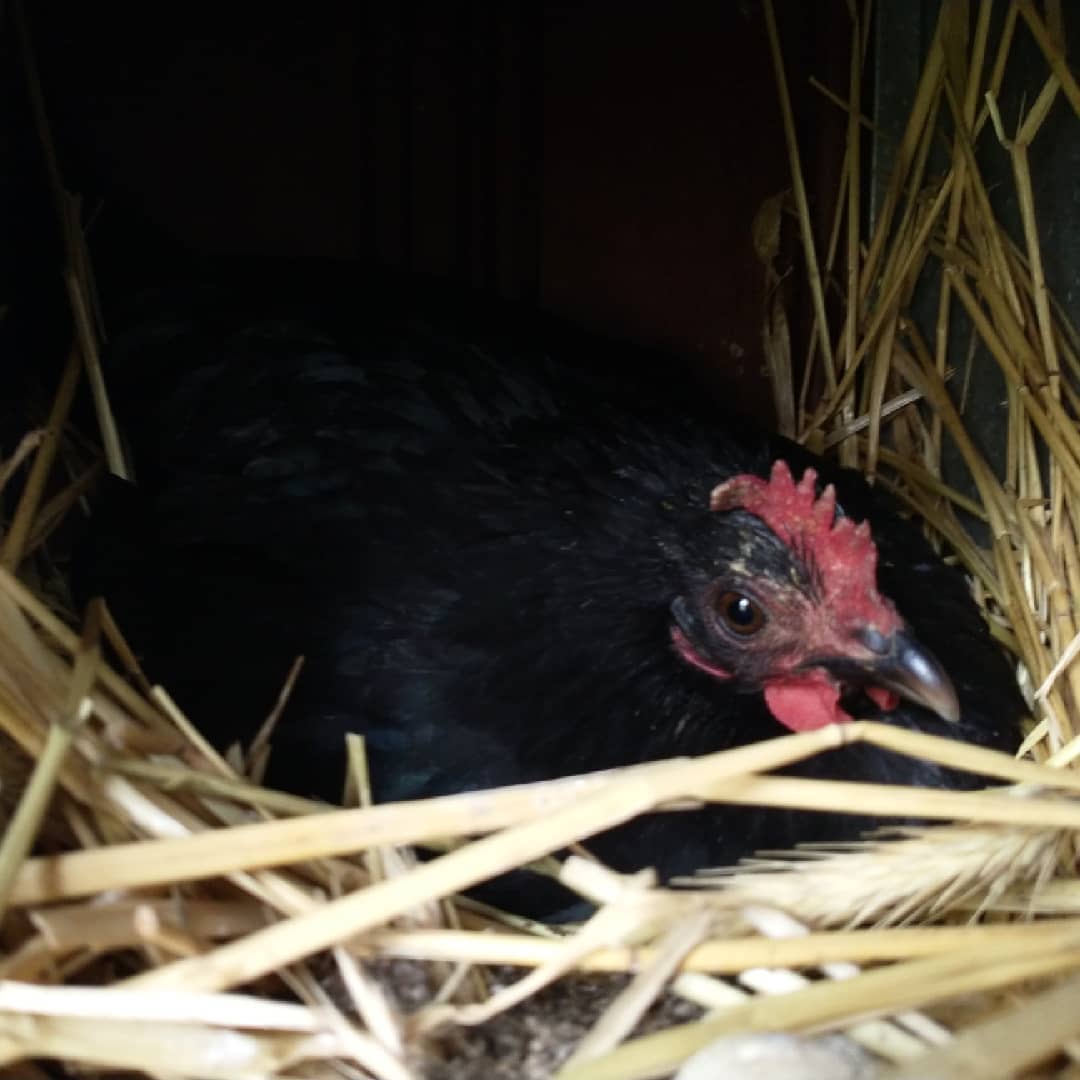
You can see their bald patch on their breast and belly. They try to mix their feathers with the nesting materials to create more warmth. So, make sure the nesting box has enough stuff.
This is a common and normal behavior for chickens, so you needn’t worry about it.
But if you’re only using your hens to incubate other eggs or excess eggs, you need to stop them and buy incubators for successful hatching.
While going through brooding, they might lose their body conditioning.
In such a case, your hen might need the windy knickers for a few days to cool her down and snap her out of it.
If you want her to go broody, you need to prepare an area away from the other hens for her to sit in the nesting box and eventually rear her chicks.
She will be there for around 3 weeks.
Feather Pecking
I have noticed some chickens pecking themselves to pluck off their feathers, not by others. They get a taste for their own feathers and pluck themselves sometimes.
Chickens become curious about bare skin and get ready to examine it with their beaks.
Check their skin for scabs, scrapes, and linear scratches. These are probably signs of pecking from other chickens. As a keeper, you need to understand that chickens do it when they are bored, under stress, or overcrowded.
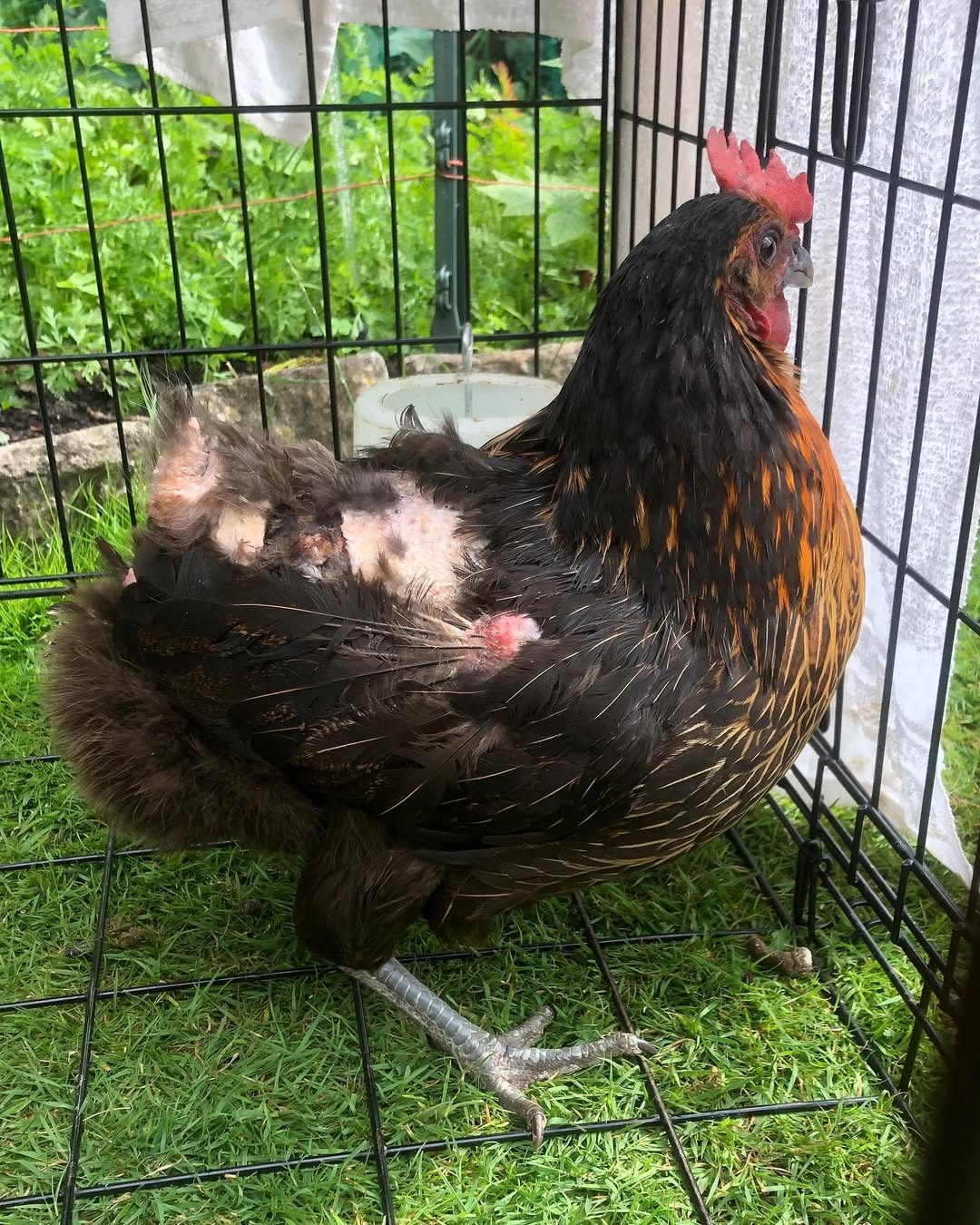
So, you need to cover the bald patch or wound first. For this, you can give them blinders or blinkers, saddles, or apply no-peck ointment spray, Blu Kote, a blue spray, and tea tree oil spray.
Besides, you can also attach pinless peepers to chickens to block their vision so they don’t peck each other. This also helps prevent eating eggs, plucking feathers, and cannibalism.
To prevent such situations earlier, you need to provide large coops and spacious runs. To keep them happy, you can give them chicken roosts, toys, and dust baths.
These can keep chickens from pecking each other, but sometimes, nothing will stop birds except the freezer.
Lice and Mites
The external parasites, like lice and mites, can cause itching in chickens, and they start pecking at their feathers.
Lice are tiny white/beige bugs that crawl around on the skin, while mites are dark brown, red, and black. Northern fowl mites lay their eggs along the base and feather shaft, but red mites have their eggs in the coop.
If your chicken skin looks flaky and generally unhealthy, check if they hosts mites.
Also, if hens have wounds from parasites, other flockmates start pecking at them, making the bald spots even worse.
So, you need to take out your birds and deep clean your chicken coop and treat it with diatomaceous earth, bug repellent powder, or a solution.
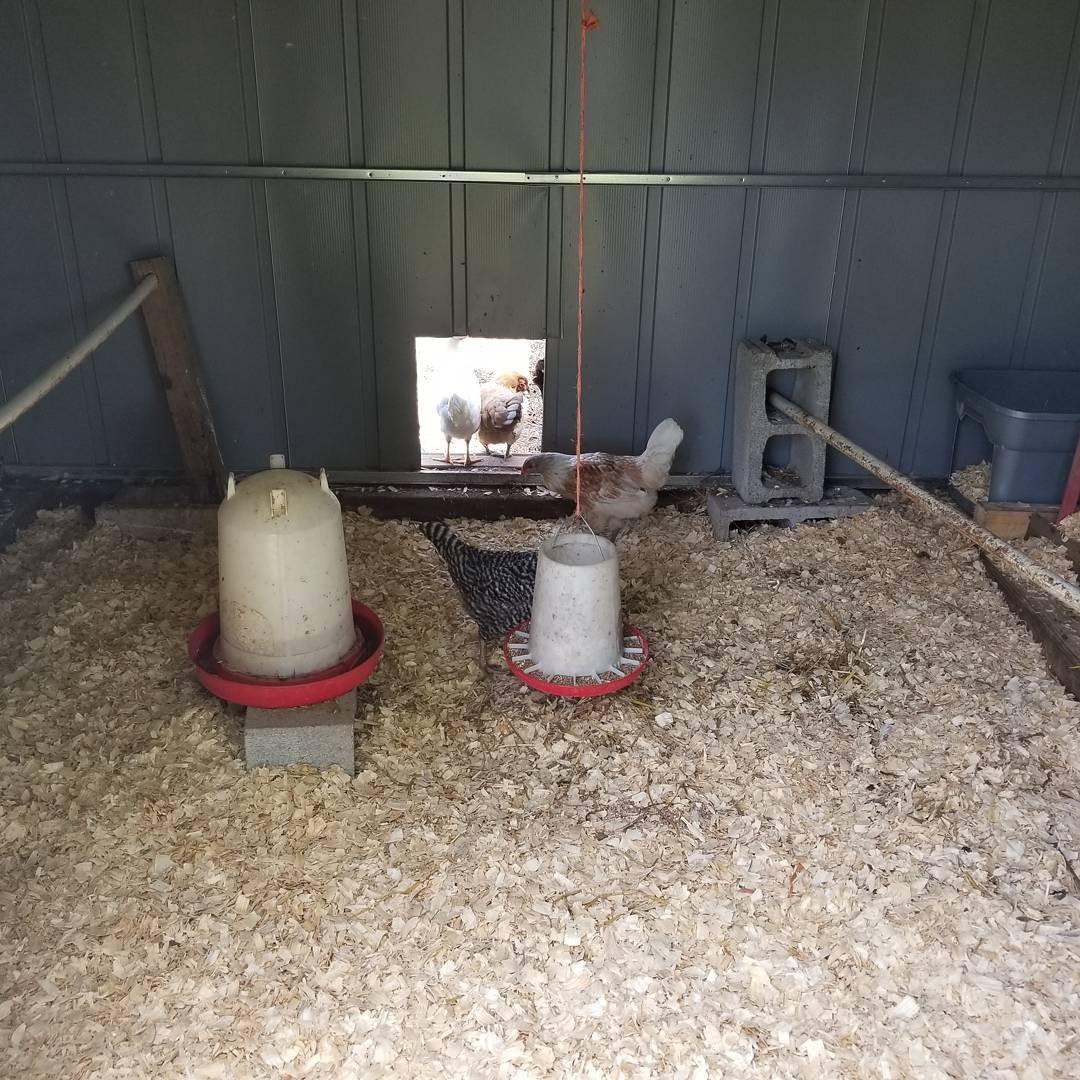
After cleaning, sprinkle powder in the coop bedding, nesting boxes, dust baths, and roosts, followed by a spray down of strong water or mint oil solution.
The way lice and mint lay eggs, you need to spray every few days.
I often use hardwood ash as a supplement to the gritty dustbath dirt, as the acidity of hardwood ash is high.
Your job is not finished yet. As soon as I finish cleaning coops, I start washing the infected chickens with the poultry-friendly soap bath.
You need to scrub their beards and trim off the affected feathers. Then, blow your chickens dry and put permethrin dust on them.
Poor Nutrition
An improper diet, or especially a lack of protein, can lead chickens to pull and eat their own feathers. Insufficient protein also delays the regrowth of feathers in chicks and adult chickens.
The feathers are made of protein, and birds may chew feathers to satisfy their craving and form their habit.
To provide a protein source, offer your chickens a high-quality layer feed (16 – 18% protein) as their primary diet, not just scraps.
I have created a mix formula for this, which includes crumble (layer feed), black sunflower seeds, corn, scratch, and herbs.
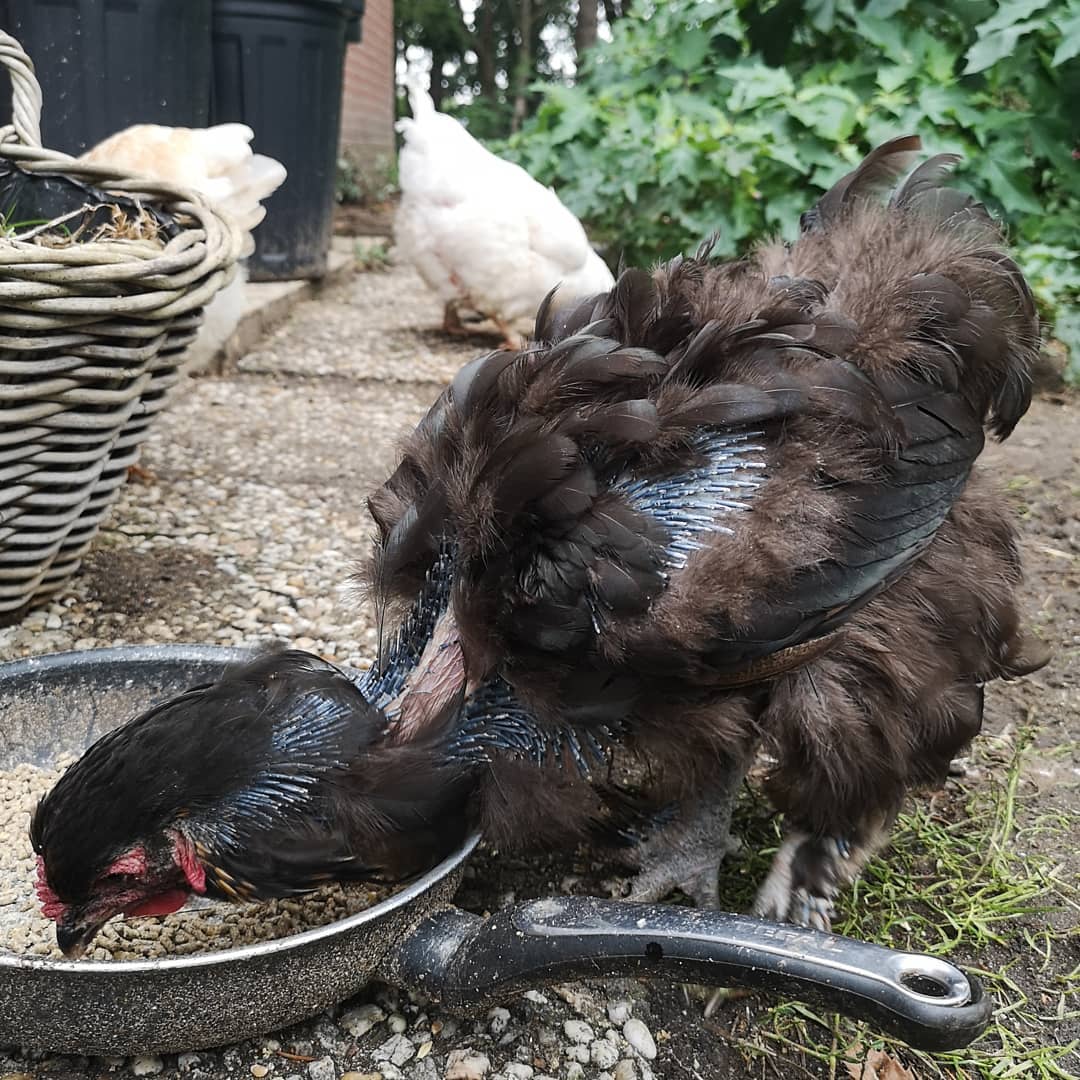
You also need to feed the mealworms every few days and provide them with crushed eggshells and oyster shells.
Regular scraps and full meals with other grains?
Yes, you can also add yogurt and natural probiotics. Leftover or unwanted vegetables from the garden, along with lots of table and kitchen scraps, are also feed for your chickens..
Try free and homemade chicken feed on the homestead.
My grandma often gathered eggs, scrambled them whole with shells and everything, cooked them, and fed them back to the chickens when the flock hit molting.
Do Roosters Also Shed Their Feathers?
Yes. Gamebirds and chicken roosters lose their long and beautiful sickle feathers, which can cause them to resemble hens.
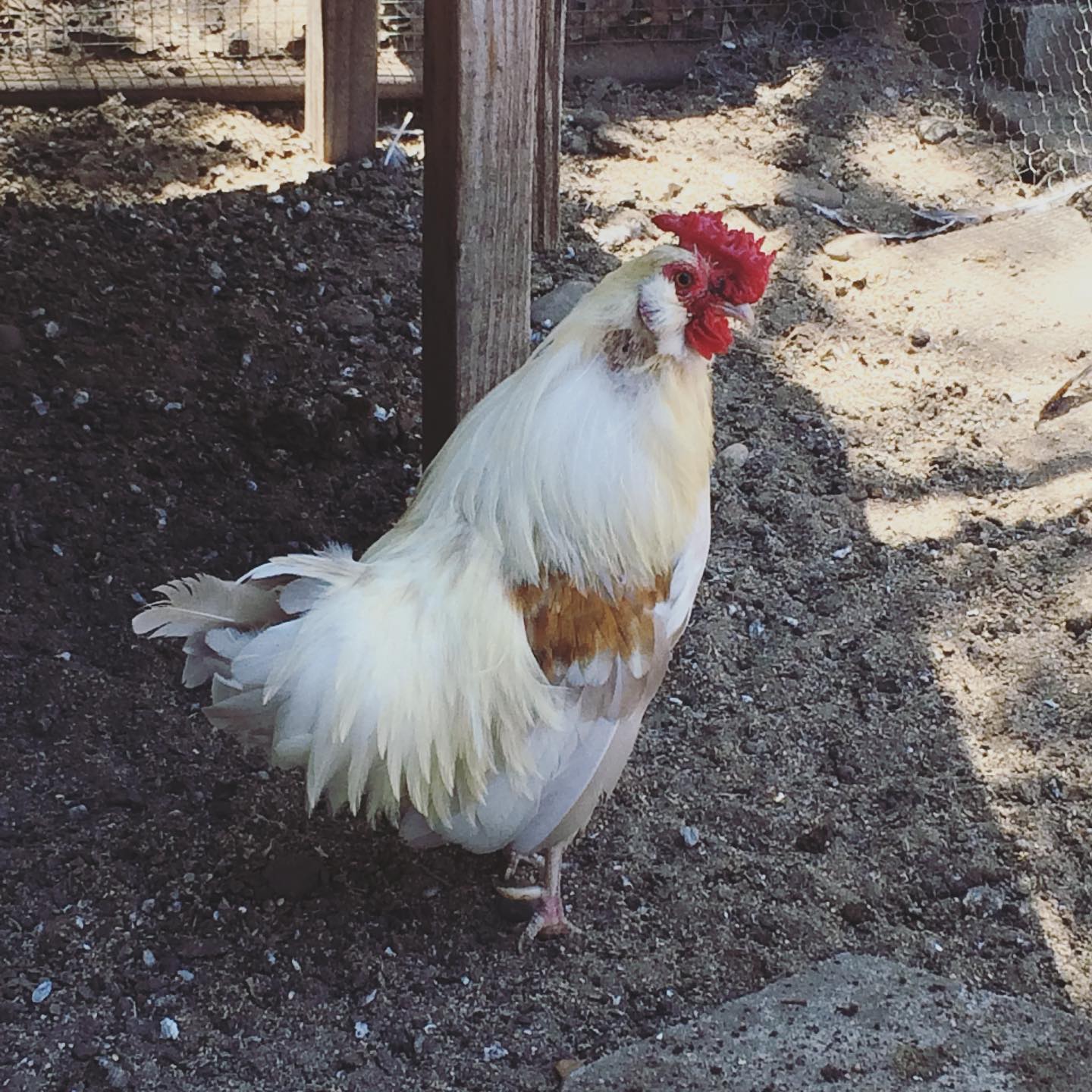
They also lose their neck feathers and appear rough, as if they have been rolled down a hill in a barrel. But make sure they are not a naked neck chicken breed.
In most cases, roosters either molt or are pecked by other chickens. As they don’t need to sit on the eggs like a hen, you need to skip this. (But jungle fowls often help hens on the nesting box.)
Other than that, they can have the same issues, such as overcrowding, stress, lack of protein, and bugs, and require the same treatment as above.
Simple Ways to Figure Out Causes
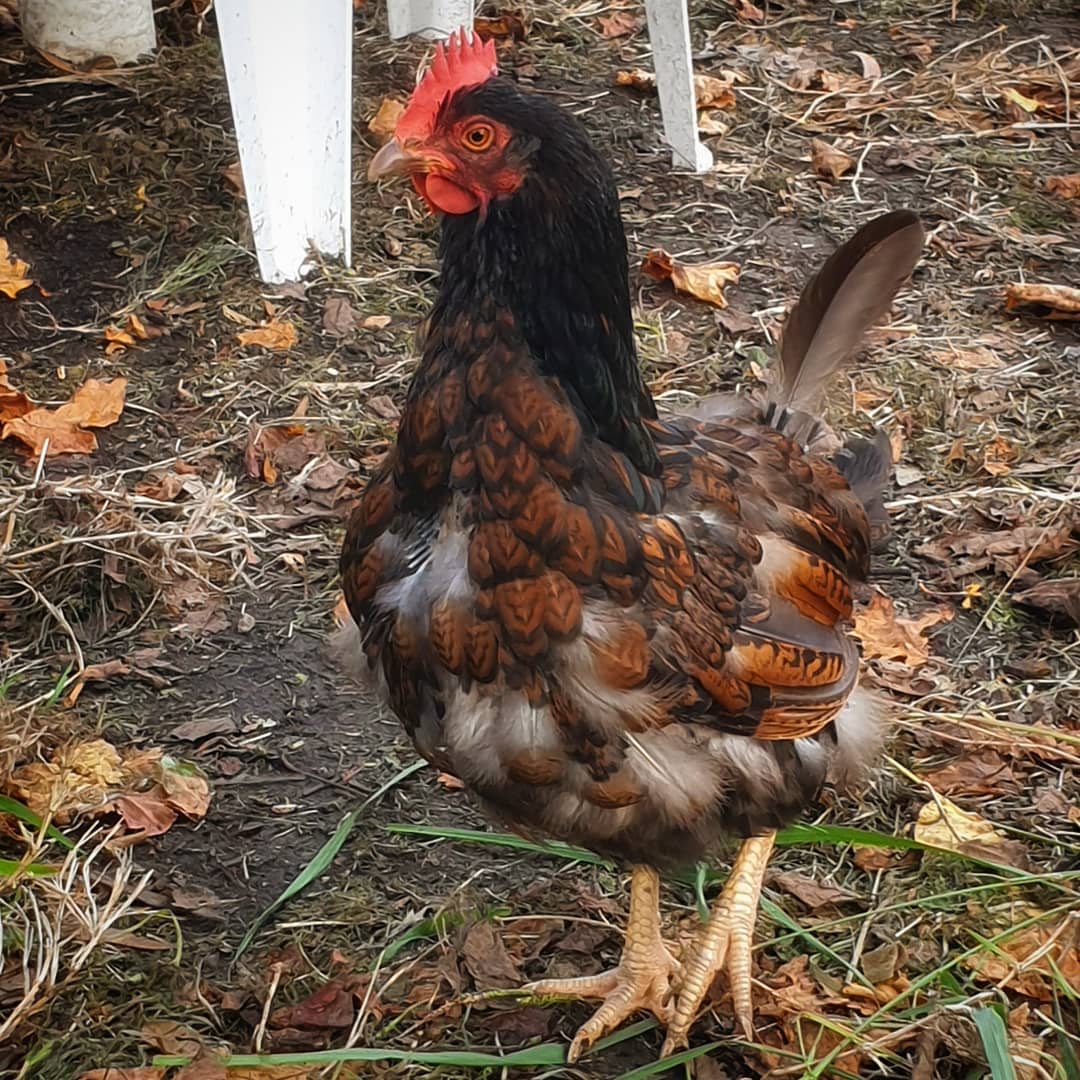
- Have chickens lost feathers all over their body? It’s likely molting.
- Is it a hen with a bald patch on its back, with no wounds? It must be roosters or hens that are broody.
- Is their skin red, sore, or showing signs of bleeding? Your chickens must be pecking each other or hosting parasites under their feathers.
- Are there shredded feathers, broken eggs, or chickens with egg in their beaks or feathers? Chickens aren’t getting enough protein.
- Has any chicken disappeared with only their feathers scattered in the yard, coop, or run? It’s a clear sign of predators, so you should create a predator-proof enclosure or a free-range setting to protect your chickens.
Final Thoughts
It’s common for chickens to lose their feathers every year and regrow them in the winter. You can’t do anything about molting. Only you can boost the regrowth of feathers by feeding protein-rich feed.
Also, after fixing the conditions like pecking, broodiness, an unhealthy number of roosters in the flock, and parasites, you need to feed them well and help them regrow their feathers as soon as possible.



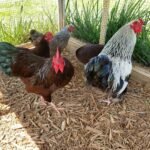
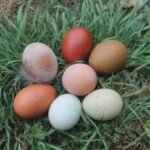

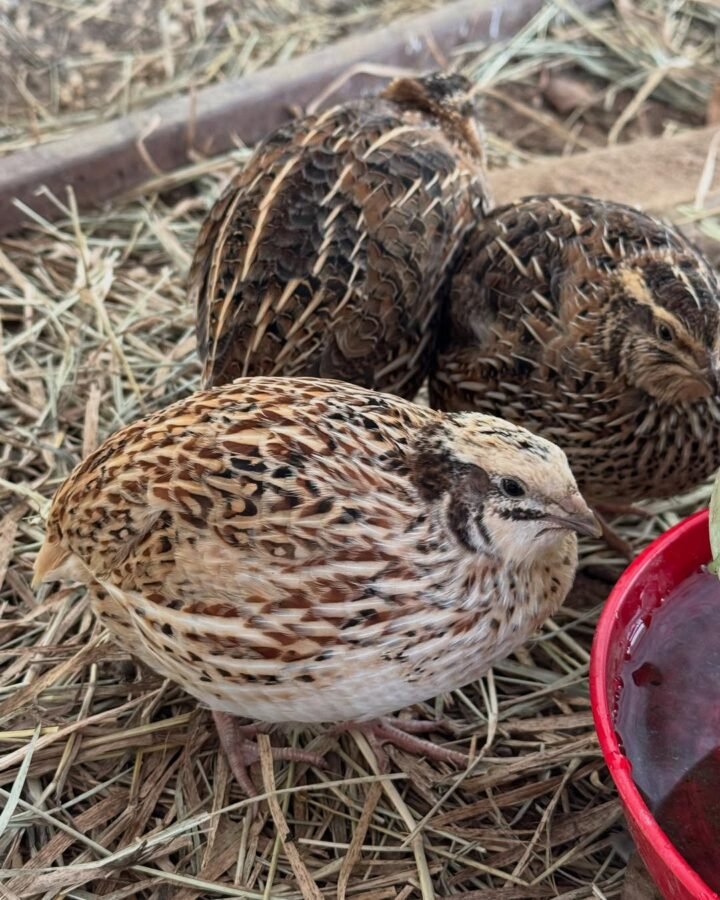


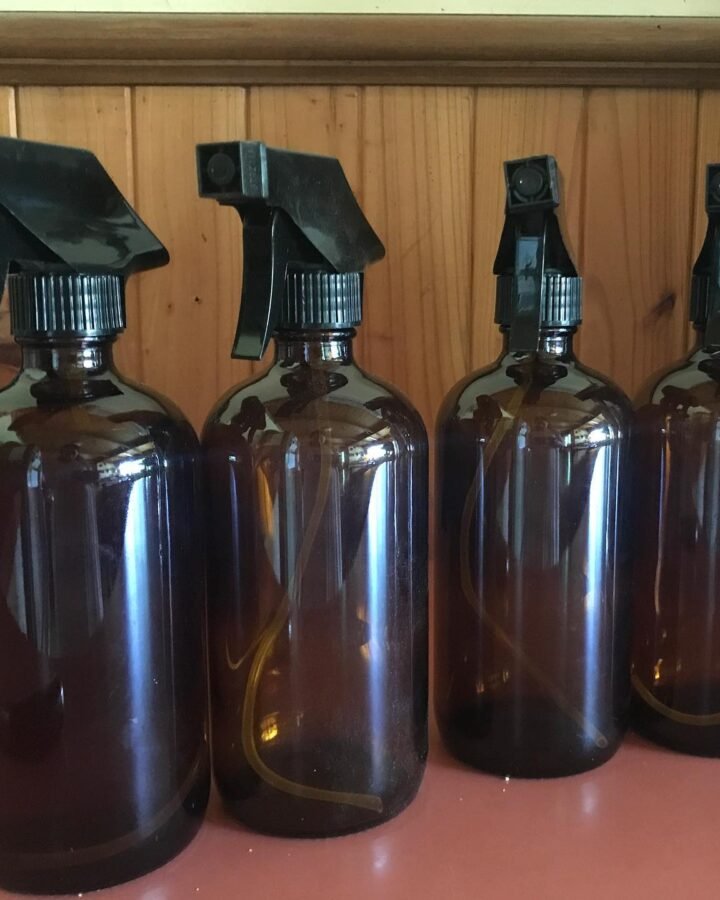
Leave a Reply